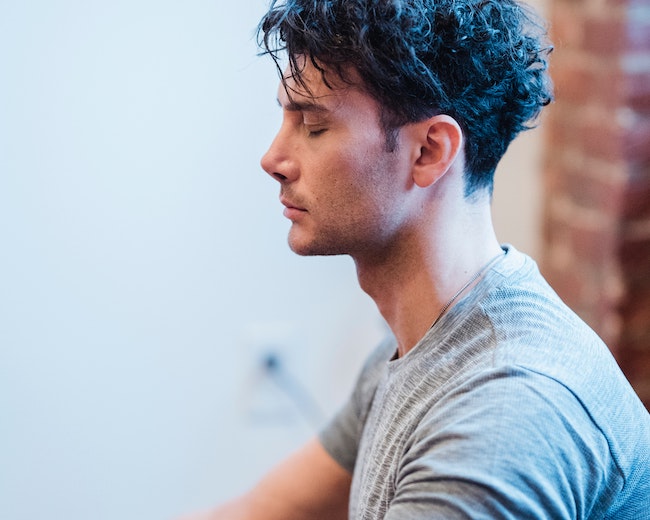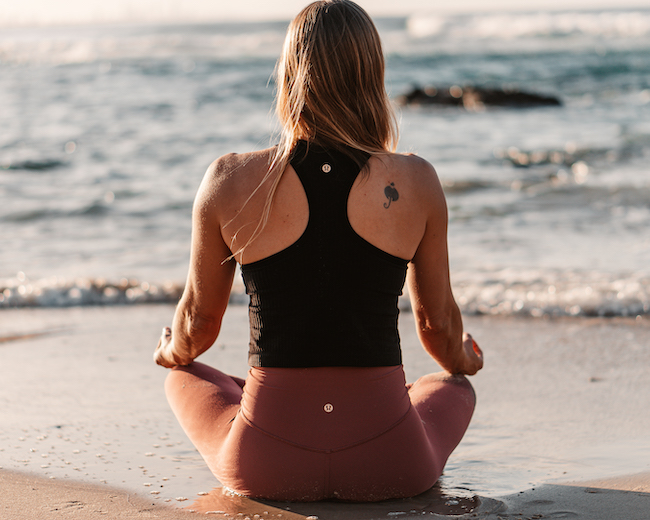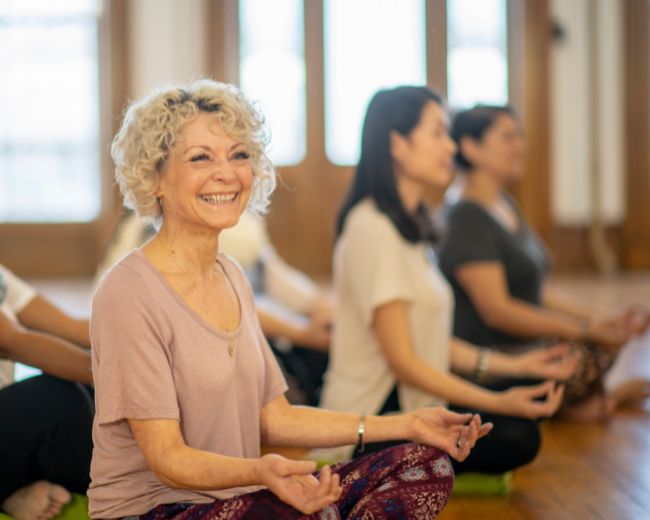Early days as a yoga teacher can be overwhelming, and even a little scary. Here are my four key tips for new teachers, new-ish teachers, and honestly for all yoga teachers.
If you prefer reading to watching, here’s a summary:
#1 Be clear about your intention
If your students were to get one thing from your teaching, what would you want it to be? What’s your big picture, over-arching intention when you teach? It could be something very simple, like: “I will teach my students how to breathe” or “Through yoga, I’ll encourage my students to find self-awareness and self-compassion.”
Once you’re clear about your intention, remind yourself of it often: when you sit down to plan your classes; when you’re about to teach; and when the going gets tough. Reminding yourself of the gift you want to offer your students will help you remain focussed and motivated, and will ensure your own love for yoga shines through your teaching.
#2 Teach what you love
We’re all drawn to different styles of yoga, and different approaches to teaching. You will probably find that you naturally emulate your own favourite teachers, and that’s 100% okay. The variety of styles of yoga and styles of teaching mean that there really is a teacher for everyone.
Don’t fall into the trap of trying to please everyone, or teach like another teacher who gets packed classes. Don’t feel like you have to teach a style of yoga that you might not particularly enjoy, just because it’s popular.
Teach what you love, whether that’s philosophical musings, detailed alignment points, strong flow or deep relaxation. By remaining true to what you love and teaching authentically, you will build a following of students who share your vibes.
#3 Make your classes about your students, not you
Once you’re clear about your intention and the way can share it through teaching what you love, the process is no longer about you. You have the honour of serving your students in each class you teach, and you owe it to them to make the class all about them.
Teaching a class isn’t an opportunity to show off your knowledge of anatomical terms, your ability to choreograph long strings of postures, or your own proficiency in asana.
Meet your students where they’re at, in terms of physical ability and depth of knowledge. Make concepts relevant and meaningful by speaking to your students in language that resonates with them. Challenge your students to level that’s appropriate, but also make them feel positive about their abilities.
If you’re unsure of whether to add a new posture, share a story, or give a deep adjustment, ask yourself who it will benefit – and always choose to act with your students’ best interests at heart, not your ego’s.
#4 Look after yourself – self-care is vital!
If you don’t fill your own cup, you’ll soon have nothing else to give. Maintaining your own practice (asana, meditation and whatever else is important to you) is a super-important part of your self-care as a teacher. If you find yourself so busy teaching that you don’t have time to practice, to me that’s a clear sign that something has to change.
Learn to say no. I’ve seen way too many teachers burn out because they feel compelled to take every opportunity that comes up. But when you’ve got nothing left, you’ve got nothing to offer your students. There’s absolutely nothing wrong with putting your own wellbeing first – in fact, you owe it to yourself and your students to do so.
Know what nourishes you – maybe it’s time spent in nature, good healthy meals, a practice to support your energy flow (such as Jin Shin Jyutsu) or quality time with friends or family. Prioritise whatever it is that fills your cup.
I hope you find this helpful! Are there any other tips you would offer to yoga teachers who are starting out?
Love,
Marita xo






Leave A Comment